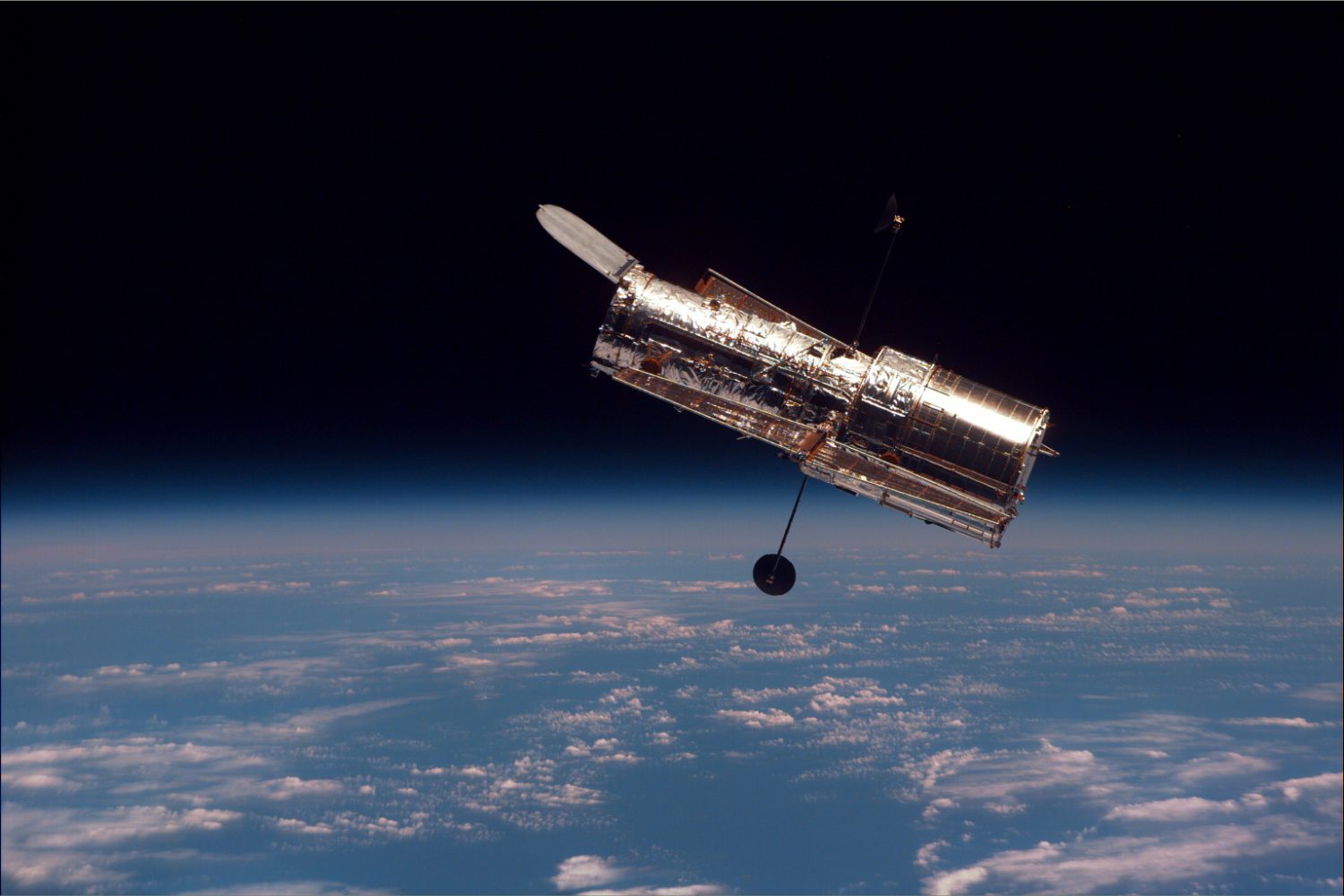
Update: NASA released a post on social media that stated the science instrument are not back online. Also, science data is being collected once again.
The historic Hubble Space Telescope has been out of commission since June 13th, when an onboard computer error caused the system to halt. Teams at NASA have been working to diagnose and develop plans to restore the telescope to operation.
Launched aboard Space Shuttle Discovery in 1990, the Hubble Space Telescope has been mostly operational to this day. The telescope had seen 5 prior servicing missions between 1993 and 2009 to conduct repairs, replace degraded parts, and install new and upgraded equipment. These servicing missions were conducting using Space Shuttles and would work on the telescope on average 4 to 5 days.
However, the telescope ran into a computer issue on June 13th. A little after 4 PM EDT, a memory error in the payload computer leads to a system halt. When the main computer onboard stopped receiving a signal from the payload computer, the telescope was put into safe mode. A command was sent to restart the payload computer, but the same issue cropped up.

Bringing Hubble Online
Teams at NASA have been working on plans to restore the telescope to operational status, and they are preparing to enact said plans.
NASA initially attempted to switch to the backup Payload Computer and different memory modules in an attempt to narrow down the issue. However, the tests conducted all encountered the same issue: they could not write or read from memory. This leads teams to believe that the issue may not lie with these elements of the computer; it would be highly unlikely that all of these would have the same issue.
The focus was switched to the Command Unit/Science Data Formatter (CU/SDF). This module sends and formats, as its name implies, commands and data. Alongside the CU/SDF, teams are also investigating a power regulation module. There are backups of both modules, but there is a catch. The operation of switching to these backups carries a higher risk factor since other modules have to be swapped to the backups too. Teams began to work on procedures to switch these modules.

The procedures have been made and tested. A review was conducted to identify and minimize the risks posed by these plans. Teams are expecting to begin the process of switching to backup modules as soon as this week. If it’s successful, Hubble returns to operational status. If it fails, we potentially lose a historic telescope. But this is worth the risk. Hubble Space Telescope has changed the way we view and understand the universe, and it still has more to show us.
The Future of Space Observation: James Webb Space Telescope

Expected to launch in November 2021 aboard an Ariane V, the James Webb Space Telescope will be the largest and most powerful space telescope.
The James Webb Space Telescope (sometimes called JWST or Webb) is an orbiting infrared observatory that will complement and extend the discoveries of the Hubble Space Telescope, with longer wavelength coverage and greatly improved sensitivity. The longer wavelengths enable Webb to look much closer to the beginning of time and to hunt for the unobserved formation of the first galaxies, as well as to look inside dust clouds where stars and planetary systems are forming today.
James Webb Space Telescope Website, https://www.jwst.nasa.gov/
Read More
- Northrop Grumman and NASA finalize contract for Artemis Gateway module
- SpaceX’s new droneship, A Shortfall of Gravitas, starts journey to Florida
- This Day in Space (July 8th, 2011): The launch of STS-135, the final Space Shuttle launch
Want to help support Space Explored?
Directly support Jared by joining his Patreon (recurring support), or donate through Ko-Fi (one-off support)
Shop on Amazon to support Space Explored Writers.
Enjoy reading Space Explored?
Help others find us by following on Apple News and Google News. Be sure to check us out on YouTube, Twitter, Facebook, and Instagram, join our Discord!
FTC: We use income earning auto affiliate links. More.





Comments